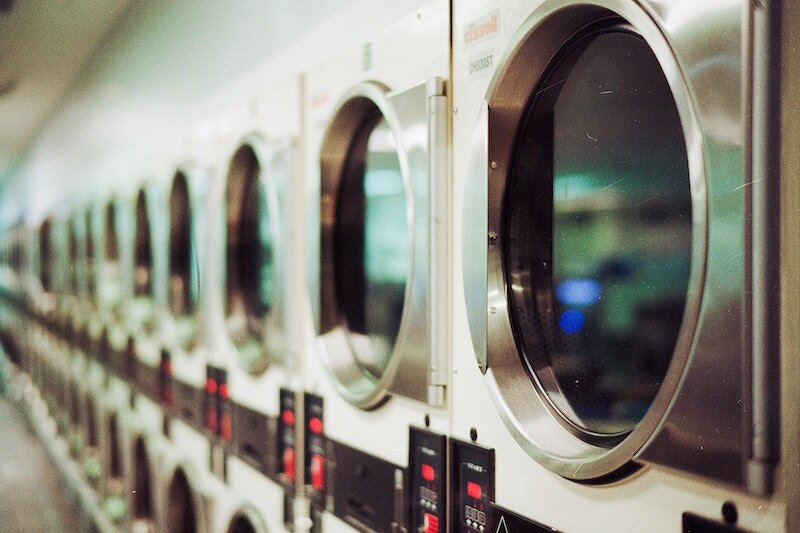Fabrics 101: Synthetic Fabrics and Microplastic Pollution (Part 2)
Last week, we discussed the importance of fabric choice and its relation to sustainability. This week, I wanted to delve more into the world of synthetic fabrics, microplastic (or microfiber) pollution, as well as my thoughts on microfiber catchers such as the Guppy Bag or Cora Ball.
First off, let’s define a few things:
Synthetic Fabric:
“Synthetic fabrics are fabrics manufactured in factories using chemical synthesis. They’re known as artificial or man-made fabrics. These include nylon, polyester, polyvinyl chloride (PVC) and rayon. Synthetic fibers are made by the joining of monomers into polymers, by the process of polymerization.” (Wikipedia)
These fibers are made from petrochemicals (aka crude oil) and are heavily used in the creation of activewear. While synthetic fabrics are sometimes easier to produce than natural fabrics, they pose an issue when it comes to biodegradability, re-use, and plastic pollution.
Microplastics:
“Microplastics are small plastic pieces less than 5mm (0.2in) long...due to their small size, they are easy to digest and are now the subject of a health review by the World Health Organization.” (Britannica)
When garments made of synthetic fibers are washed, they release tiny particles of plastic-based thread into our waterways, which then enters our food supply, and ends up on our dinner plates (or in our drinking water). It’s estimated that we consume about 5g (a credit card’s worth) of plastics a week (WWF).
The Impact of Plastic Pollution From Fashion
The Impact:
Synthetic textiles are a hugely overlooked contributor to plastic pollution. According to an article published by the IUCN on the Primary Microplastics In The Oceans, between 15%-31% of marine plastic pollution could be from the microplastics released by household and industrial products, rather than larger plastic items that degrade once they’re at sea. Of that, approximately 35% comes from washing synthetic fabrics.
What We Can Do:
First and foremost, as consumers, we can decrease the amount of synthetic textiles that we purchase. Buy garments made from natural fibers instead and demand that the sustainable/ethical brands that you support act more responsibly by installing better microfiber filters. In your everyday life, you can use a microfiber catcher like the Cora Ball or Guppy Friend with your synthetic garments and a filter microplastics from your drinking water with a carbon block faucet filter.
My Thoughts on Microfiber Catchers:
Microfiber catchers are great but I think the issue with this discussion is that they’re often hailed as the end-all-be-all solution when in reality, they’re nothing more than a bandaid on top of a larger issue.
Things like the Guppy Friend or Cora Ball trap microplastics from your synthetic garments and prevent them from leaking into the water supply. My problem with this, is that once those fibers build up, they’re disposed of like normal trash. These microplastics then end up in our landfills and through erosion and precipitation, wind up back in our water supply. The microfiber catchers add an additional step in deterring plastic from entering our water/food supply but in the end, they really don’t change anything.
Instead, we should be moving away from synthetic fibers altogether. We have to rethink the way we manufacture--prioritizing garment end of life disposal, biodegradability, and recyclability as part of product design. We have to consider moving towards circular textile production and think about recyclability at the very beginning of garment production. While this largely weighs on the shoulders of manufacturers, as consumers, we have the power to spend and support companies that are actually enacting change.
What are your thoughts on this? How do you think we should be addressing the (micro)plastic crisis specifically when it comes to the fashion industry? I would love to hear your opinions below!
G



